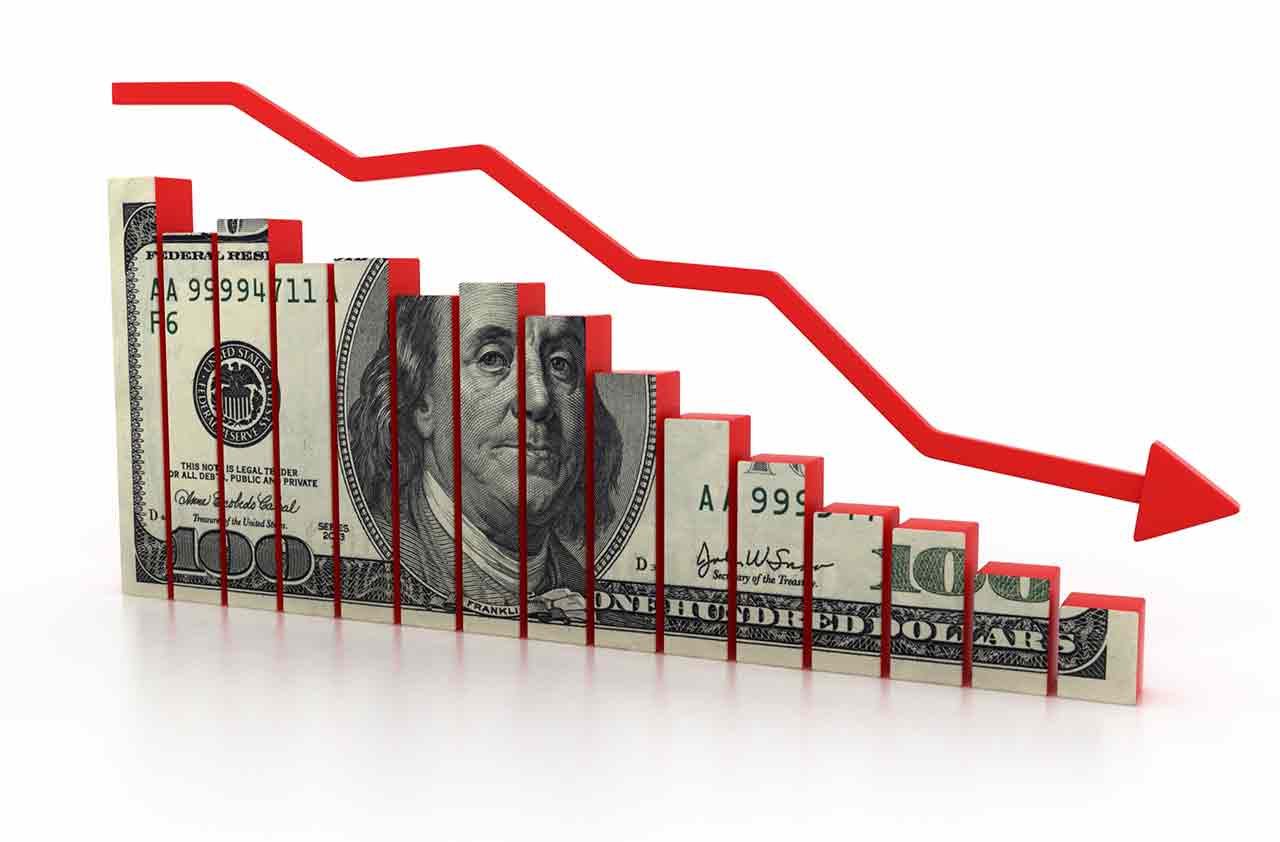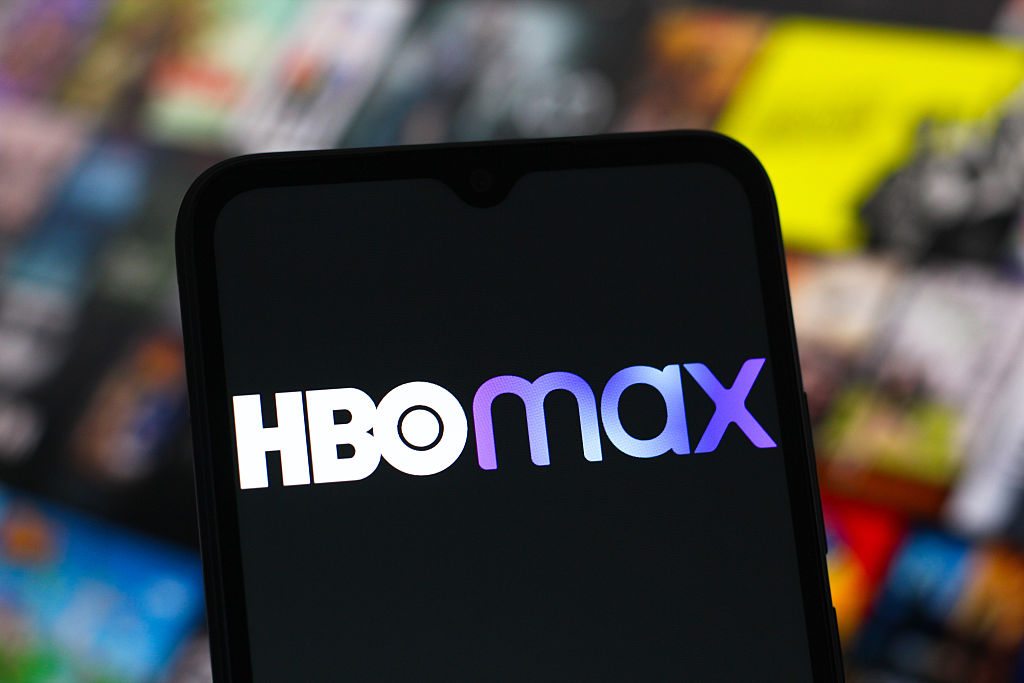Kiplinger 25: Our Green Fund Sees Some Red
But it has delivered over the long term since its 2012 inception.


Investors in sustainable mutual funds seek two kinds of green: market-beating returns generated by environmentally friendly investments. That’s not an easy proposition, but lately bond investors have been having their kale and eating it, too. The bond market in March saw a swift 3.8% decline in the Bloomberg Barclays U.S. Aggregate Bond index. A version of the index tilted to maximize exposure to environmental, social and governance factors, meanwhile, held up a bit better, falling 3.6%, due in part to an avoidance of COVID-ravaged sectors such as energy.
TIAA-CREF Core Impact Bond (symbol, TSBRX), an ESG-focused fund and new member of the Kiplinger 25, didn’t fare as well. The fund lost 8.6% during the sell-off, partly because it held just 14% of assets in Treasuries and U.S. agency bonds, the best bond sectors this year. By contrast, Treasuries make up 40% of the fund’s benchmark, the Agg index.
Even so, Core Impact has delivered over the long term. Since its 2012 inception, its 3.4% annualized return has beaten its bogey and its average peer—a group that includes intermediate-term, core-plus bond funds, which can stray from the asset mix of traditional core bond funds. (Funds meant to mimic the holdings of the Aggregate index are said to be “core” funds.)
From just $107.88 $24.99 for Kiplinger Personal Finance
Be a smarter, better informed investor.

Sign up for Kiplinger’s Free Newsletters
Profit and prosper with the best of expert advice on investing, taxes, retirement, personal finance and more - straight to your e-mail.
Profit and prosper with the best of expert advice - straight to your e-mail.
Core Impact has a green tint. Some 60% of the fund’s assets are invested in bonds issued by companies or entities that score in the top half of their peer group on environmental, social and corporate governance criteria. The remainder of the portfolio is invested in so-called “impact” projects aimed at sustainable goals, such as preserving natural resources and creating renewable energy.
Since the sell-off, some bond sectors have rebounded, thanks to the Federal Reserve’s promised support. But lead manager Stephen Liberatore says, “I have a feeling that things have gone too far, too fast.” He’s selling corporate bond holdings that have rallied and buying more agency-issued mortgage-backed securities. “We’re making the portfolio more defensive,” he says. The fund has recovered some, too. Since the market bottom in March, both the fund and the Agg index have gained 5.2%.
Profit and prosper with the best of Kiplinger's advice on investing, taxes, retirement, personal finance and much more. Delivered daily. Enter your email in the box and click Sign Me Up.

Ryan joined Kiplinger in the fall of 2013. He wrote and fact-checked stories that appeared in Kiplinger's Personal Finance magazine and on Kiplinger.com. He previously interned for the CBS Evening News investigative team and worked as a copy editor and features columnist at the GW Hatchet. He holds a BA in English and creative writing from George Washington University.
-
 The Kiplinger 25: Our Favorite No-Load Mutual Funds
The Kiplinger 25: Our Favorite No-Load Mutual FundsThe Kiplinger 25 The Kiplinger 25 is a list of our top no-load mutual funds that have proven capable of weathering any storm.
-
 The 5 Best Actively Managed Fidelity Funds to Buy and Hold
The 5 Best Actively Managed Fidelity Funds to Buy and Holdmutual funds Sometimes it's best to leave the driving to the pros – and these actively managed Fidelity funds do just that, at low costs to boot.
-
 The 12 Best Bear Market ETFs to Buy Now
The 12 Best Bear Market ETFs to Buy NowETFs Investors who are fearful about the more uncertainty in the new year can find plenty of protection among these bear market ETFs.
-
 Don't Give Up on the Eurozone
Don't Give Up on the Eurozonemutual funds As Europe’s economy (and stock markets) wobble, Janus Henderson European Focus Fund (HFETX) keeps its footing with a focus on large Europe-based multinationals.
-
 Vanguard Global ESG Select Stock Profits from ESG Leaders
Vanguard Global ESG Select Stock Profits from ESG Leadersmutual funds Vanguard Global ESG Select Stock (VEIGX) favors firms with high standards for their businesses.
-
 Kip ETF 20: What's In, What's Out and Why
Kip ETF 20: What's In, What's Out and WhyKip ETF 20 The broad market has taken a major hit so far in 2022, sparking some tactical changes to Kiplinger's lineup of the best low-cost ETFs.
-
 ETFs Are Now Mainstream. Here's Why They're So Appealing.
ETFs Are Now Mainstream. Here's Why They're So Appealing.Investing for Income ETFs offer investors broad diversification to their portfolios and at low costs to boot.
-
 Do You Have Gun Stocks in Your Funds?
Do You Have Gun Stocks in Your Funds?ESG Investors looking to make changes amid gun violence can easily divest from gun stocks ... though it's trickier if they own them through funds.

